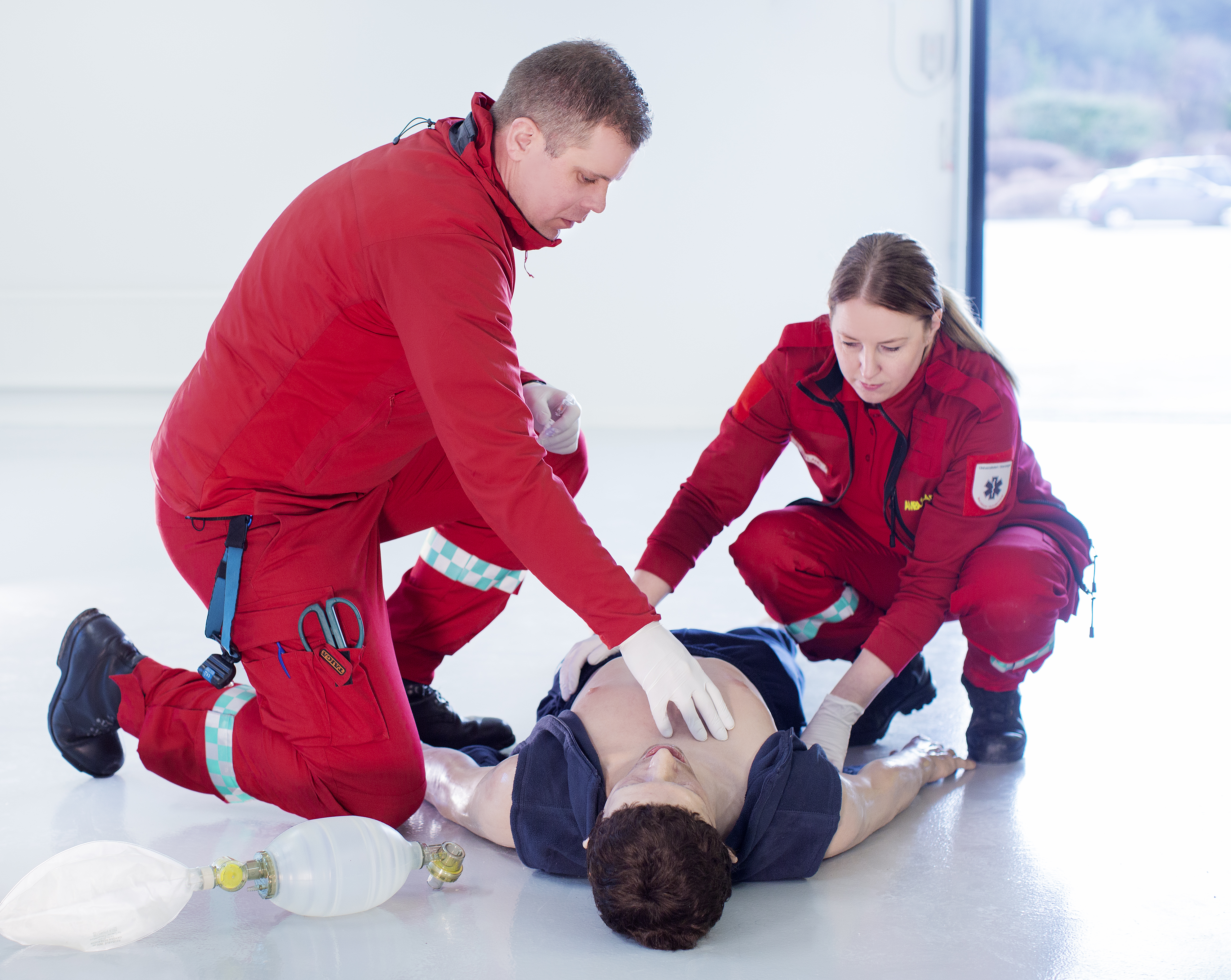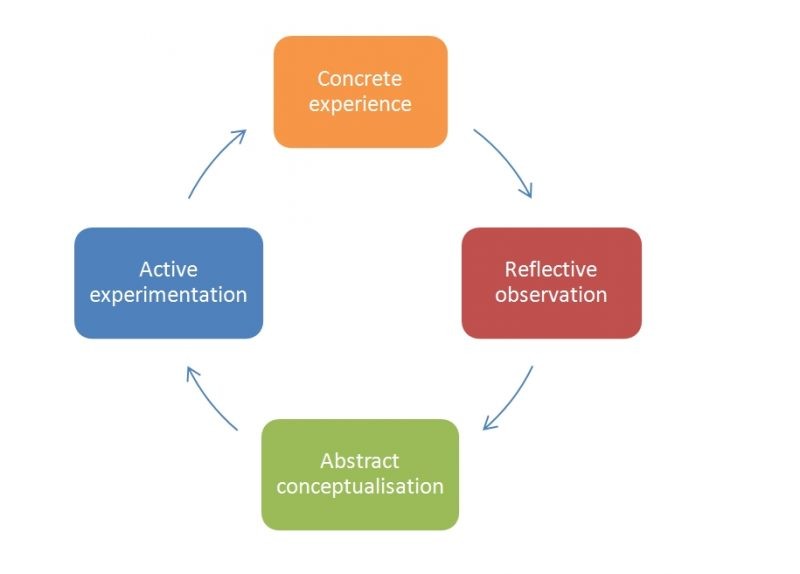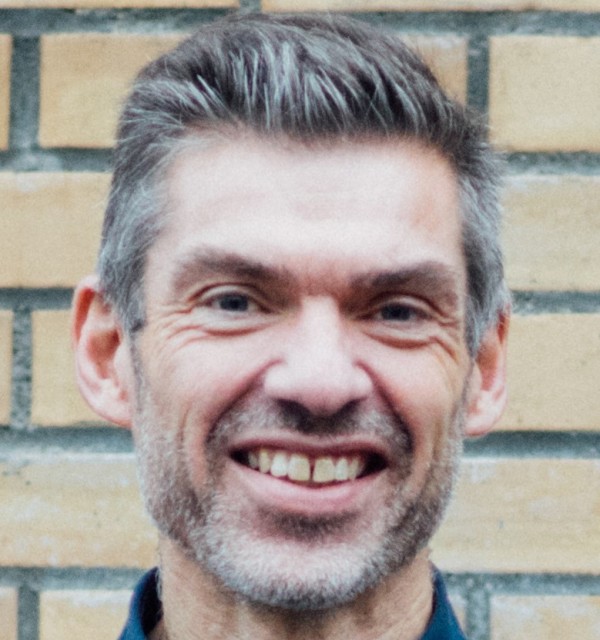Here we present a project that will substantially build on the findings of SAFETY+ and offers possibilities for future dissemination activities for SAFETY+.

This is an example of a local project in Norway aiming to increase student involvement and the use of simulation-based learning for one profession. By focusing on interprofessional cooperation, performing sound investigations of existing educational courses, and profiting on the brilliant ideas of different nations, SAFETY+ will help to prepare learners better to work towards the United Nations Sustainable Development Goals; 3. Good Health and Well-being, 4. Quality Education, 10. Reduced Inequality, and most important Goal 17; Partnerships to achieve the goal.
In 2019 a new bachelor program in paramedic was established at the University of Stavanger (UiS). Paramedic is a practical-oriented profession. Simulation and skills training are essential elements in the curriculum. At UiS it is a strategic priority to develop and implement new and innovative student active learning methods. The Bachelor in paramedic accepts 20 students per year, which is an excellent group size for the development and testing of new student active learning methods.
Early in 2020 we initiated a project aimed at developing, testing, and sharing new pedagogical methods for simulation-based learning in close cooperation with the students at the bachelor in paramedic program. The project, named ParaPeerSim, will prepare the students for clinical practice, lifelong learning, and continuous quality improvement. More specifically, we will develop and implement a participant course, a facilitator course, and an operator course adapted to the competence level of the students. The course concepts and the learning methods developed in ParaPeerSim are generic and can therefore be adapted to other study programs using simulation-based learning in their education. The project results will also be valuable for the workplaces since many of the competence elements gained using simulation as a learning method are highly relevant in clinical practice. All three courses will support the improvement of emergency care.
The participant course
When students participate in simulation-based learning they have to relate to many new aspects and the learning outcome may suffer from the cognitive load being too heavy. Thus, participants in simulation-based learning need a specific competence to get the most out of the learning process. For example, how important is the reflective part of the simulation, and in which manner shall the participants contribute to the educational part to optimize the learning outcome? Other important topics are how to reflect in an effective manner, how to observe colleagues, and how to give and receive feedback. The development of the participant course will be done as a co-creation activity involving staff at UiS, paramedic students, and staff at SAFER (a well-recognized international simulation center located in Stavanger – www.safer.net).
The facilitator course
In ParaPeerSim we will help the students into the role as simulation facilitators, i.e., we will apply peer-to-peer learning. Previous research shows that peer-to-peer learning has many advantages: The students are at the same cognitive level and the learning situation may be perceived as safer compared to learning in a student-staff setting. Being a simulation facilitator is a complex task that requires specific pedagogical competence. One aspect is that the facilitator should be confident in the role. Otherwise, it may be difficult for the participants to understand the simulation situation. The course will be an adapted version of SAFER’s Train-The-Trainer course. As for the participant course, the development of the facilitator course will include staff at UiS and SAFER as well as paramedic students.
The operator course
Most often a simulation scenario is controlled by an operator in cooperation with a facilitator. The operator controls the simulator and the audio-/video recording as the producer of the scenario. To control the simulation requires knowledge about the software used in the simulator and the professional aspects of each scenario (e.g., which physiological responses are realistic based on the participant’s treatment of the «patient»?). It is also important that the operator and the simulation facilitator cooperate efficiently. The development of the operator course will be based on an existing operator course developed by CAMES, a world-leading academy for medical education and simulation (www.regionh.dk/CAMES). Staff at UiS and SAFER and paramedic students will be involved in the course development.
The pedagogical framework
In ParaPeerSim we will use Kolb’s learning circle as a pedagogical framework (Figure 1). According to David A. Kolb, the following four phases must be completed before learning is achieved: 1) Concrete experience, 2) Reflection, 3) Conceptualization and 4) Experiment/try out the theory.
The simulation will be the concrete experience the students take as a starting point to reflect upon, typically this takes 10-15 minutes. The reflection starts during the simulation or directly after the simulation itself has ended and can typically last 20-30 minutes. The conceptualization takes place at the end of the reflection where the individual participant develops an understanding of how things are connected. Finally, one can test whether the new insight/what one has learned in a new simulation or that the first simulation situation is carried out again.

The learning circle does not end, which means that there will always be new situations to learn from. By using the learning circle, the students focus on the fact that learning is a lifelong process and that they have never finished learning. Leaning as a lifelong process is an attitude we want students to bring with them from their studies to clinical practice.
Gibb’s reflective circle is used to structure the reflective part of the simulation. This model consists of 6 phases: 1) Description of the situation (the simulation) 2) Emotions that were triggered during the situation (the simulation) 3) Evaluation of the simulation; what worked and what did not work? 4) Analysis of the simulation; what have we learned? 5) Conclusion of the simulation; could it have been solved differently? and 6) Action plan for future situations.
The learning outcomes from all activities in ParaPeerSim will be evaluated. Based on the results from the evaluation we will gain knowledge and competence about the student active learning methods developed in the project.
Summary of expected results from ParaPeerSim
- ParaPeerSim contributes to increased learning outcomes of simulation-based learning – as a result of participant courses.
- ParaPeerSim provides pedagogical competence for paramedic students – as a result of facilitator and operator courses.
- ParaPeerSim helps students become more active and take responsibility for their learning.
- ParaPeerSim helps to train competent employees for clinical practice after graduation.
- ParaPeerSim contributes to the field of practice because employees will have simulation and facilitator competence, which is useful for professional development and quality improvement.
- ParaPeerSim provides knowledge and educational expertise related to the effects of including students in teaching
Written by Thor Ole Gulsrud, Une Stømer, Peter Dieckmann, Camilla Normand, and Nina Vatland, from the University of Stavanger.
Contact
Department of Quality and Health Technology

The European Commission's support for the production of this publication does not constitute an endorsement of the contents, which reflect the views only of the authors, and the Commission cannot be held responsible for any use which may be made of the information contained therein.

